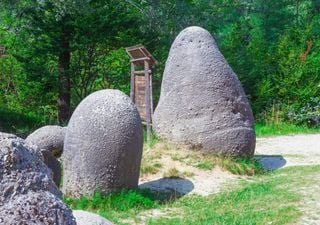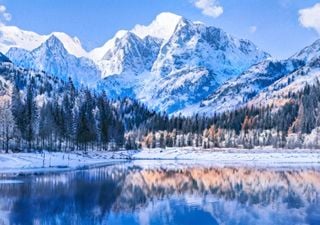The dark twenty years of the Earth in the Middle Ages, when the light of the Sun had the same intensity as the Moon
In that period, sunlight was unable to penetrate the mainland, being perpetually covered by a sort of blanket in the atmosphere. This also caused a decrease in the average global temperature, with dramatic consequences for the global population.
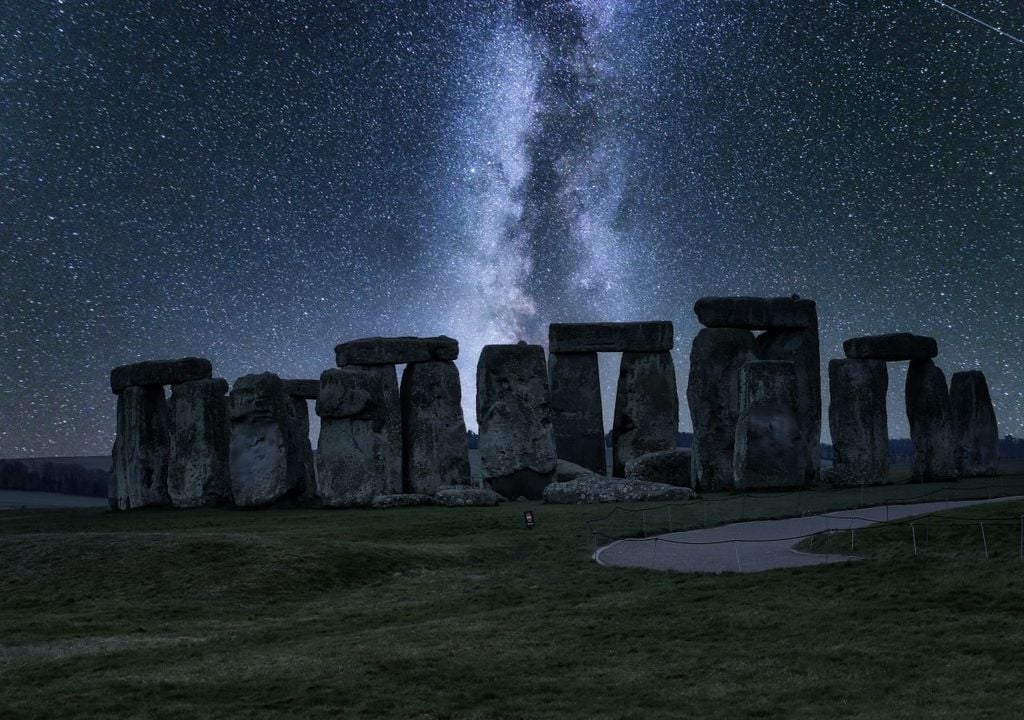
Around 536 A.D. on some areas of our planet a long period of darkness was experienced. At that time, in some areas of Europe and Asia, the Sun came to shine for no more than 4-5 hours a day. In some manuscripts of the time it was said that sunlight was, in intensity, very similar to that of the moon.
In essence, sunlight could not penetrate the land, being perpetually covered by a sort of hood in the atmosphere. This also caused a decrease in the global average temperature, with dramatic consequences for the global population, as a result of the scarcity of harvests that led to severe famines.
According to Chinese historians, at that historical moment there was a perennial eclipse, while in the West there were those who were already thinking at the end of the world. There was no apocalypse, but in that period a particularly complex twenty-year period began, between 536 and 555.
Here's what the trees tell us
The rings of the trees tell of a particularly difficult period for the environment and for all forms of life on Earth, between 536 and 555 A.D.
At the American Geophysical Union conference, Dallas Abbott and his colleague John Barron presented an interesting interpretation of the phenomenon, for which there were no solid hypotheses so far.
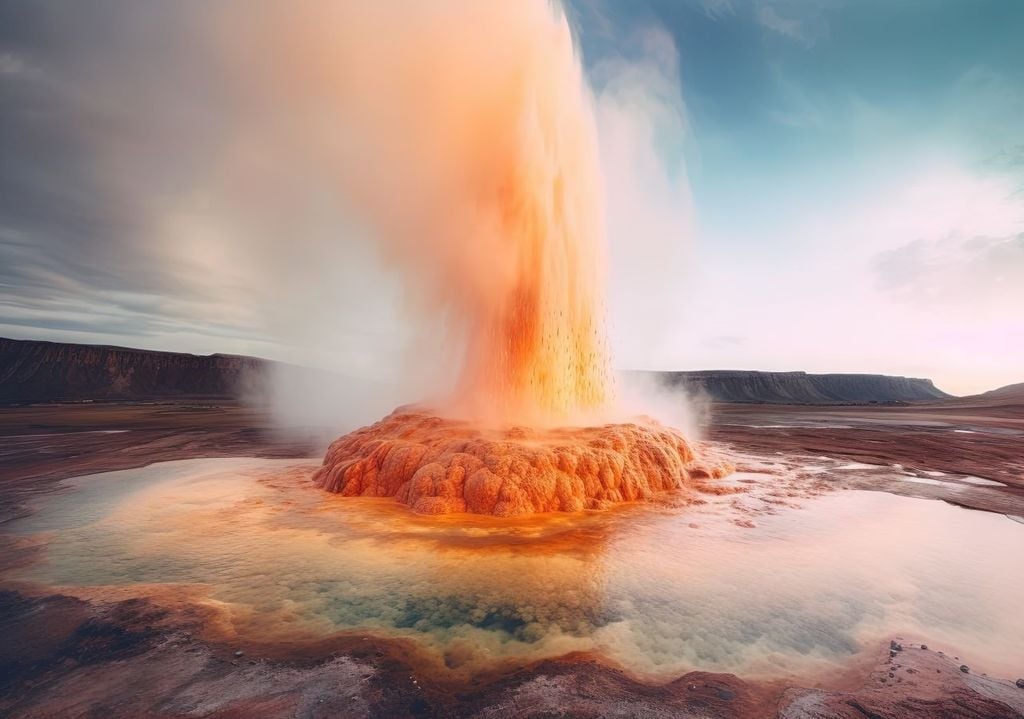
Their analysis starts from an ice core mined in Greenland, which has preserved clear evidence of underwater volcanic eruptions that poured into the atmosphere the sediments and microorganisms that were the main cause of the reduction in sunlight.
What happened?
We know eruptions of volcanoes on the surface, between 536 and 541, but none of such intensity as to emit so much sulfur dioxide as to filter sunlight, creating in the atmosphere a film capable of repelling solar radiation, as it occurred.
And this can be said with certainty, because in no terrestrial sediment, nor in any ice core, there are clues to support this hypothesis. For this reason, Abbott and Barron initially suspected that the dust that shaded the Sun for so long may have come from material from space.
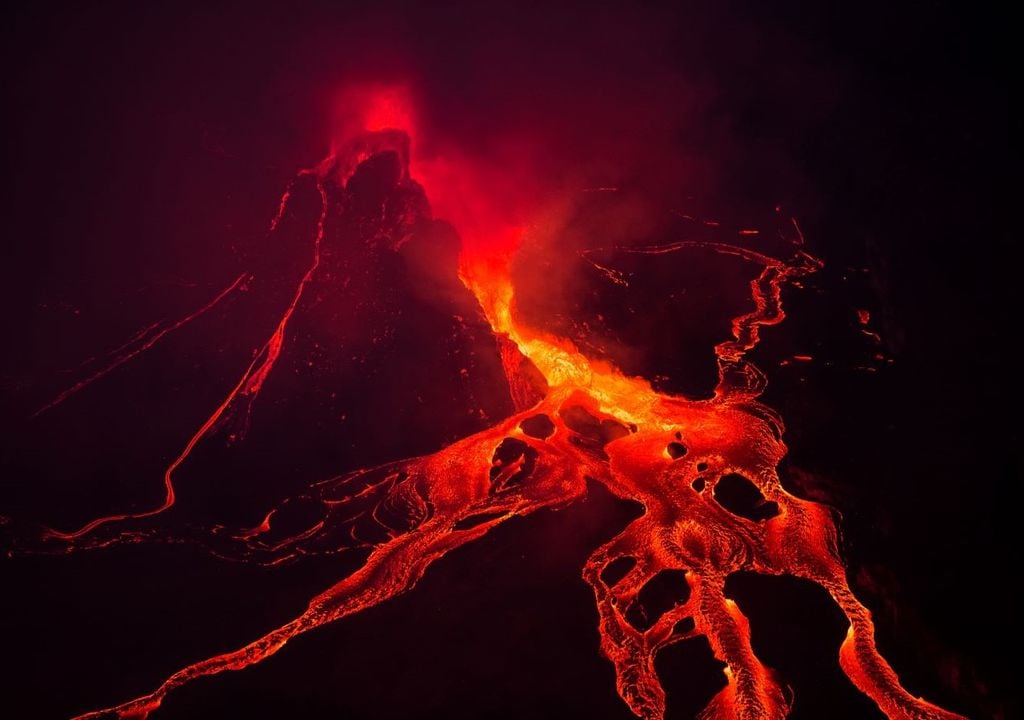
However, when the two researchers analysed the chemistry of the melting water of that ice carrot, classified under the acronym GISP2, they almost immediately found the answer, announced by dozens of fossils of microscopic species typical of warm tropical waters.
'We found microfossils from organisms that lived at low latitudes and had never been found in Greenland ice cores, and dust from deep marine sediments,' Abbott points out.
The thesis of the researchers
According to the two researchers, the microorganisms and sediments found in Greenland were launched into the atmosphere by underwater volcanic eruptions that occurred near the equator. those eruptions would have vaporised large amounts of seawater. With the steam, sediments loaded with calcium and microscopic sea creatures were raised.
The violence of the eruptions and the volume of vapours helped to keep the floating material in the atmosphere for nearly two decades, obscuring the Sun and leaving the Earth in a kind of perennial eclipse twilight.





